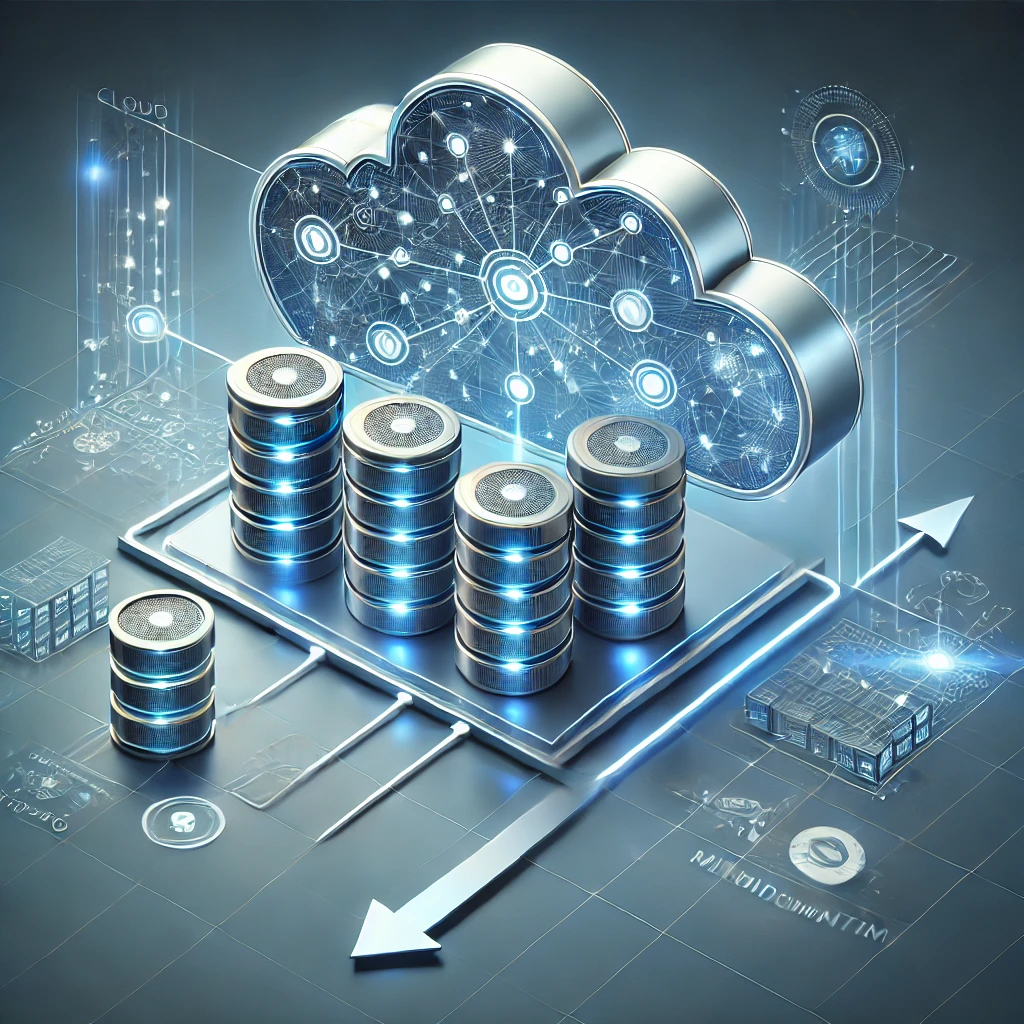Migrating from AWS RDS to Aurora

Migrating databases is a critical task for any organization looking to enhance performance, scalability, and cost-efficiency. AWS Aurora offers significant benefits over traditional RDS (Relational Database Service), such as faster performance, high availability, and built-in fault tolerance. If you're considering migrating from RDS to Aurora, you have three main options to choose from: Snapshot Migration, Aurora Read Replica, and AWS Database Migration Service (DMS). Each method has its pros and cons, depending on your specific needs and constraints.
Option 1: Snapshot Migration
Overview: Snapshot Migration involves creating a snapshot of your existing RDS PostgreSQL instance and then restoring that snapshot to Aurora. This approach is straightforward and leverages AWS's built-in snapshot capabilities.
Length of Outage: This method requires a moderate amount of downtime. The downtime is mainly needed for creating the snapshot and restoring it on Aurora. Depending on the size of your data, this process might take around 15 minutes or more. However, the use of incremental snapshots can reduce the downtime.
Risk of Data Loss: The risk of data loss is low since snapshots ensure data consistency. All data at the time of the snapshot is captured and can be restored precisely.
Complexity of Rolling Back: Rolling back using this method is moderately complex, as it involves restoring the original RDS instance from a backup. If the migration doesn't go as planned, you will need to revert to the snapshot of the original database.
Other Considerations: One thing to note with Snapshot Migration is the potential lag during the migration process. To mitigate this, consider taking steps such as using full-table scans or similar operations to reduce any lag in data transfer.
Option 2: Aurora Read Replica
Overview: This option involves creating an Aurora Read Replica of your existing RDS instance and promoting it to a standalone Aurora cluster.
Length of Outage: The outage is minimal with this method. Downtime occurs only during the promotion of the read replica to a standalone Aurora instance. This typically takes just a few minutes, making it a good choice for applications that require high availability.
Risk of Data Loss: The risk of data loss is low. Asynchronous replication maintains data synchronization between the original RDS instance and the Aurora replica. However, there might be some data loss during the promotion process, especially if the original instance is heavily loaded.
Complexity of Rolling Back: Rolling back is more complex compared to Snapshot Migration. If something goes wrong, you will need to promote another Aurora read replica or revert to your original RDS instance.
Other Considerations: Aurora Read Replica migration requires monitoring the lag between the source RDS and the Aurora Read Replica. Once the replica lag reaches zero, you can promote the Aurora cluster with minimal risk.
Option 3: AWS Database Migration Service (DMS)
Overview: AWS DMS allows for live migration with continuous replication, making it an ideal choice for minimizing downtime and ensuring a smooth transition.
Length of Outage: This method offers minimal downtime as continuous replication keeps the Aurora database synchronized with your RDS instance, allowing for a seamless switchover.
Risk of Data Loss: The risk of data loss is very low. AWS DMS continuously replicates data, ensuring that all changes made to the source database are mirrored in the Aurora database.
Complexity of Rolling Back: Rolling back is simple with DMS. You can stop the replication process and continue using your original RDS instance without any complex rollback procedures.
Other Considerations: Using DMS does require that all tables be logically replicated, and each table must have a primary key. Additionally, you will need to ensure that the tables are replicated across AWS accounts if necessary.
Conclusion: Choosing the Right Migration Strategy
The best migration strategy depends on your specific use case:
- Snapshot Migration is ideal for environments where moderate downtime is acceptable, and data size isn't excessively large.
- Aurora Read Replica is suitable for applications requiring minimal downtime and high availability but with the caveat of managing the potential complexity of rollback.
- AWS DMS is the go-to option for organizations that need to minimize downtime and risk, as it offers continuous replication and easy rollback capabilities.
Choosing the right method ensures a smooth transition to Aurora, allowing you to leverage its advanced capabilities for better performance, scalability, and cost-effectiveness in your database operations.